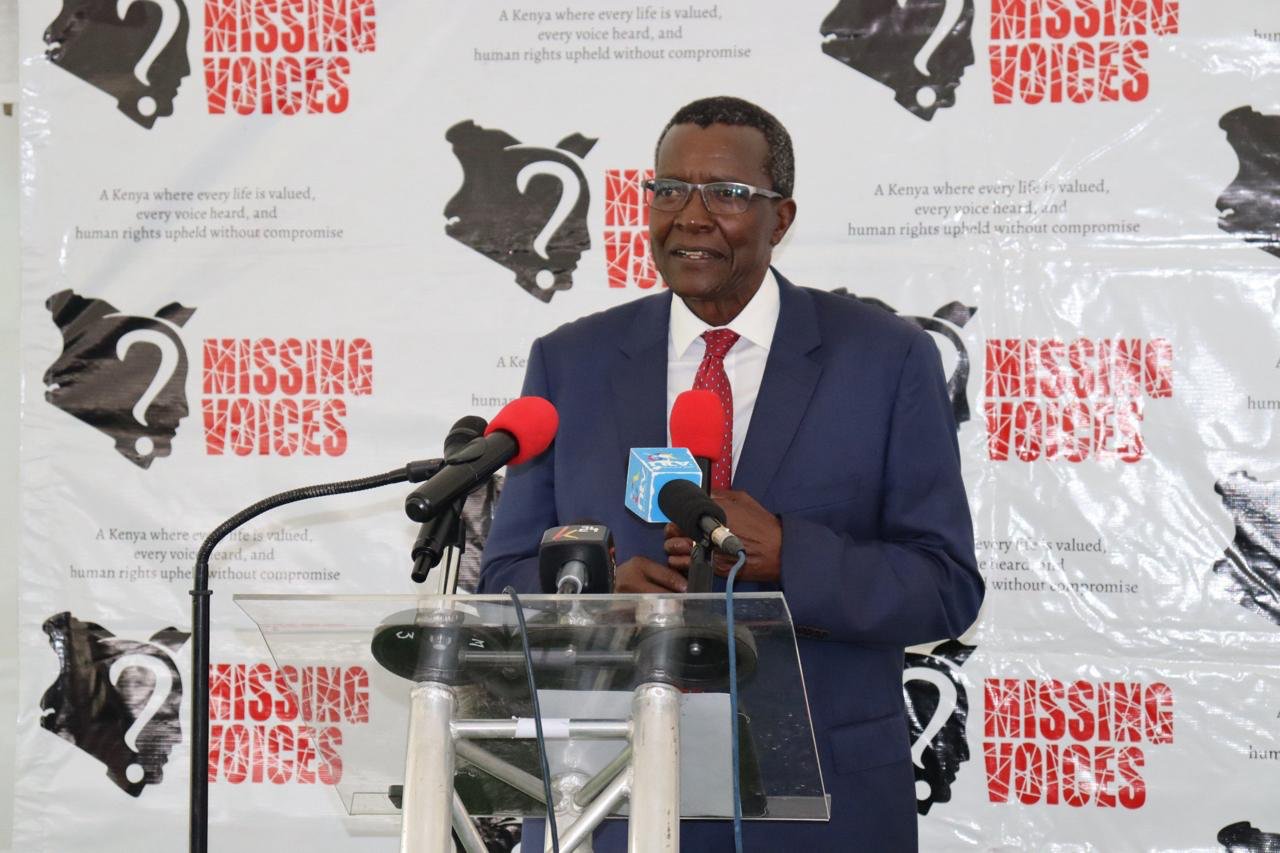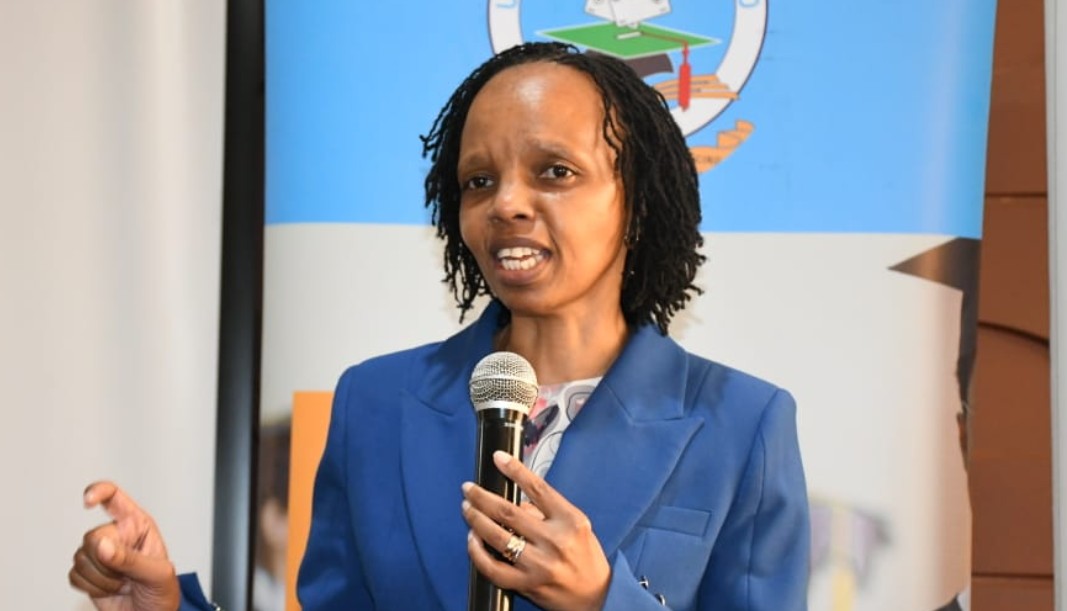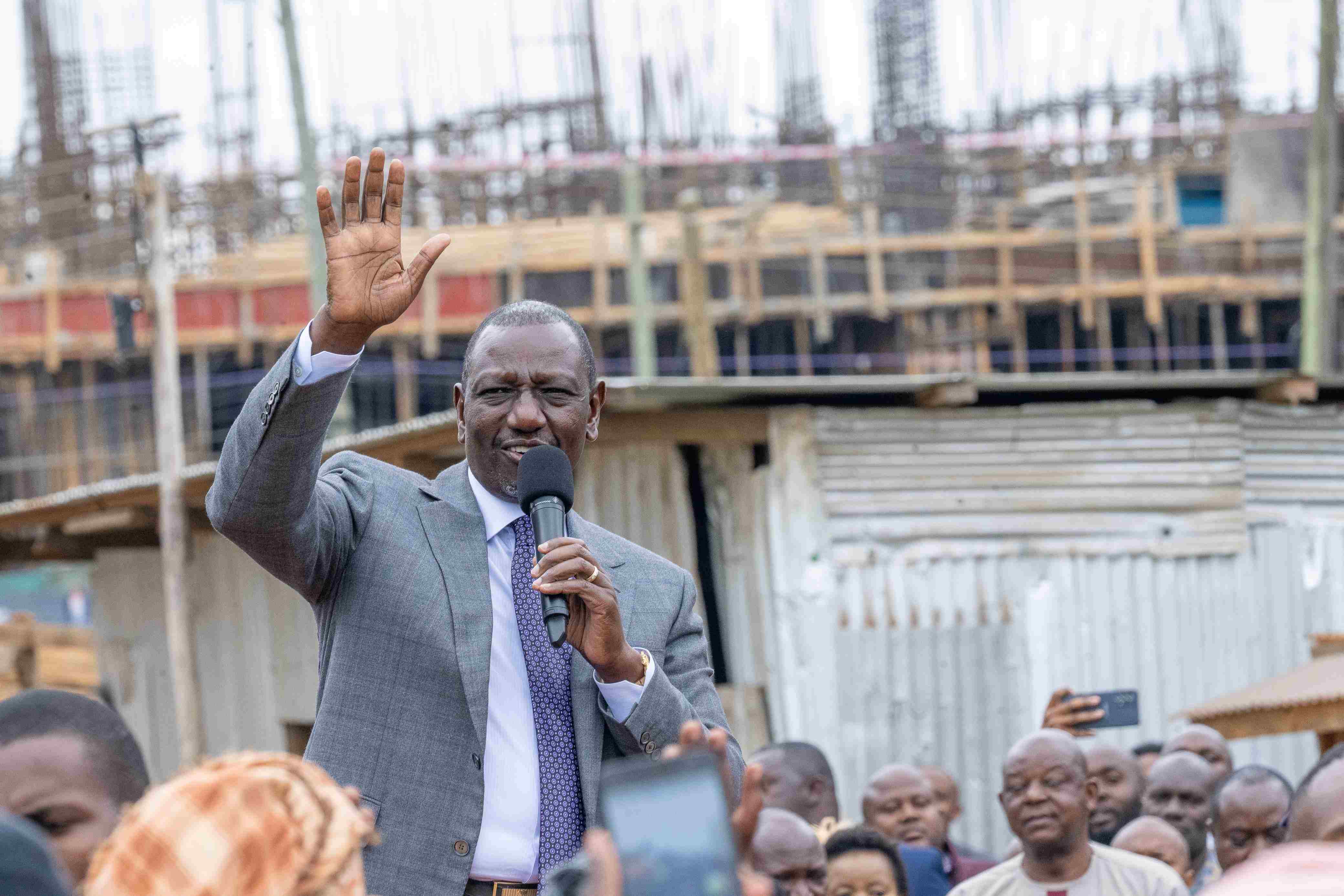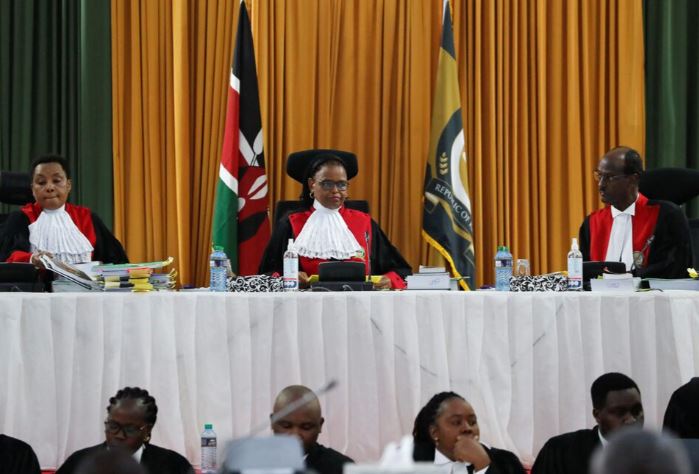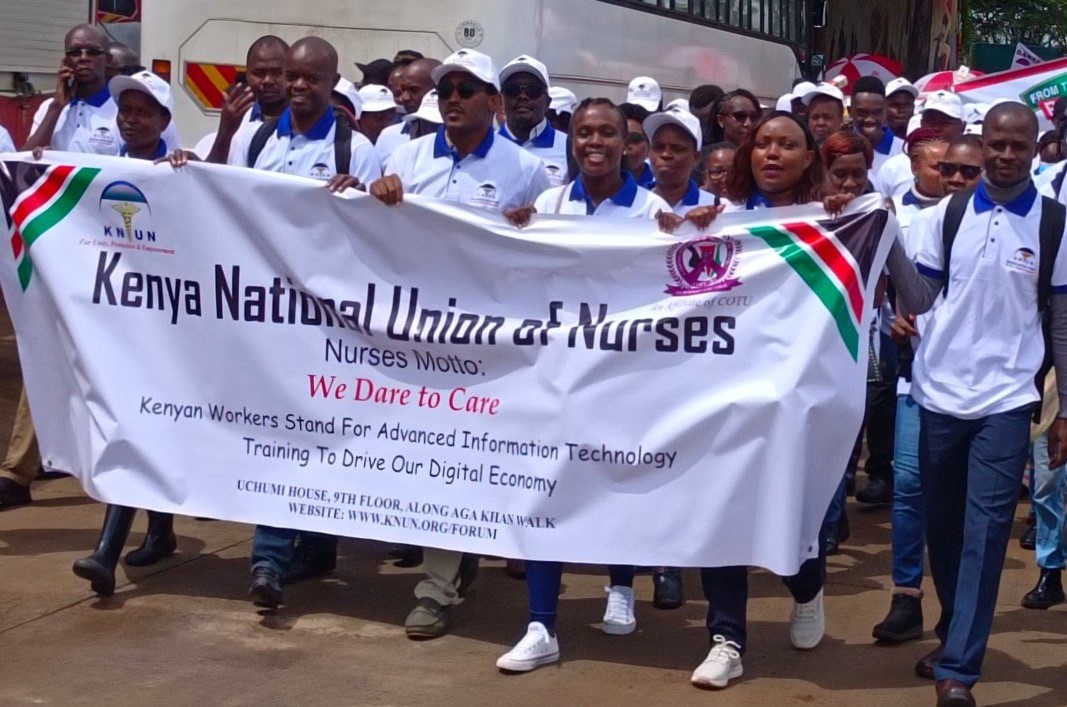South Africa is changing its retirement rules to help boost country savings: how it will work

A study of 160 countries, spanning 60 years of economic history, establishes that there is no country that has been able to transition from “poor to prosperous” without a high savings rate. And that households - in other words you and me - are one of the most important contributors to a country’s overall level of savings rate.
Yet, South Africa’s household savings rate is among the lowest in the world at only 0.5%. This is far below that of many emerging market peers like Brazil, Chile, or India where households save between 5% and 9% of gross domestic product.
More To Read
- Coach Jerome Paarwater unveils final squad for 2025 Rugby Africa Cup
- South African court halts burial of Zambia’s ex-president Edgar Lungu
- Kenyans using pensions for school fees, housing, raising alarm on retirement readiness
- Zambia files petition to postpone ex-president Edgar Lungu’s burial in South Africa
- Ex-President Edgar Lungu to be buried in South Africa as family snubs State Funeral in Zambia
- South Africa's EFF leader Julius Malema denied visa, banned from UK over 'extremist' views
Around the world, household savings don’t stay “under the mattress” but generally are channelled via banks and other financial institutions to serve as one of the main domestic sources of funding of capital investment. This means that ultimately your and my savings become the funder of harbours, highways, and hospitals which, in turn, are the major driver of long-term economic growth, job creation, and rising incomes.
The two-component retirement system which is being put in place in South Africa – or colloquially the “two pot system” – aims to make a contribution to repairing the country’s weak state of saving. The changes have important implications for people planning for retirement.
The new system, set to be implemented in South Africa on 1 September 2024, will apply to both private and state pensions, including the country’s largest fund, the Government Employees Pension Fund (GEPF).
The new system introduces two components to an individual’s retirement savings:
- the retirement or preservation “pot”
- the savings “pot”.
This makes a dramatic change to the current system, which allows individuals to withdraw all their compulsory pension savings when they leave a job. The temptation to withdraw all the savings when changing employment will be removed by the new regulations, guaranteeing better retirement outcomes in the long run.
How it will work
The retirement or preservation component makes up two-thirds of contributions. Here, two-thirds of what individuals save towards retirement, via a fund (not their own private savings) must go into this first pot.
This component is designed to preserve a portion of the retirement fund for retirement purposes. Under the new regulations, this portion of a person’s retirement savings must be retained in this “pot”. Withdrawals are not allowed until retirement age. This is intended to ensure that individuals will have sufficient funds to support themselves in retirement and, in turn, will give the South African economy a more stable and growing pool of savings to fund economic growth, and employment.
The savings component, comprising one third of contributions, allows the early withdrawal of some of a person’s retirement fund before retirement age. This gives flexibility in meeting unexpected financial needs. A minimum of R2,000 (US$110) can be withdrawn, and there is no maximum limit (subject to the size of this pot), although only one withdrawal may be made per year. Withdrawals from this second pot will be taxed at the member’s marginal tax rate (the rate applied to your last rand of income) and will likely incur additional administration fees.
There is no doubt that South Africa is a country of immense disparity between those who are financially stable and those who are financially fragile. For those facing financial hardship the need to access funds set aside for retirement can be very real.
With a Gini coefficient of 63.0, South Africa’s income distribution ranks as the most unequal in the world. In part, this is a reason why the proposals have been made to give individuals the opportunity to access a portion of their retirement funds in the case of dire need.
This makes some sense given the financial fragility of households, but it comes at a potential cost of compromising household’s long-term savings, and it also will be of no impact to the employed who do not belong to retirement schemes or the unemployed.
However, the tragedy is that those who need to get hold of their funds ahead of time are exactly the people who should not. They will need every cent of their retirement savings to provide for themselves in their retirement years. It is estimated that fewer than one-in-ten South Africans have sufficient funds to maintain their standard of living when they retire. So, what does the two-component system mean for retirees and investors ahead of retirement?
 About 3.9 million people in South Africa receive the monthly Older Persons Grant, also known as the Old Age Grant, currently at R2,080 per person per month. (Photo: Intergrate Immigration)
About 3.9 million people in South Africa receive the monthly Older Persons Grant, also known as the Old Age Grant, currently at R2,080 per person per month. (Photo: Intergrate Immigration)About 3.9 million people in South Africa receive the monthly Older Persons Grant, also known as the Old Age Grant, currently at R2,080 per person per month. (Photo: Intergrate Immigration)
Pros and cons
Under the new system, the retirement component can never be touched or spent until you retire. This is a huge advantage over the current system in which, if a person leaves his or her employment, they can take the full amount in cash and spend it. This has resulted in less than 10% of people being financially able to retire.
In future, more and more people will have at least two-thirds of their retirement assets preserved. This will benefit individuals by ensuring a permanent savings pool, and it will also be good for the country as, over time, this growing pool will place less reliance on the state.
About 3.9 million people in South Africa receive the monthly Older Persons Grant, also known as the Old Age Grant, currently at R2,080 per person per month. Researchers have found that, in most cases, this amount is not sufficient to meet the needs of elderly people in South Africa.
National Treasury could also see the benefit of higher tax revenue: whatever is withdrawn from the savings component will be taxed at the member’s marginal rate.
Despite these positives, I would like to sound two notes of caution:
- the impact on an individual’s future wealth by removing the power of compounding (the accumulative effect of earning interest on investments over time); and
- the propensity of South Africans to favour consumption over investment.
The purpose of a retirement system is to look after your future self. By giving people access to retirement assets early or along the way, you are permanently removing their capacity to look after their future selves.
Then there’s the impact on South Africa, which is a savings-starved country. Most people retire with insufficient assets – in effect they face “bankruptcy in retirement”. There will be a huge temptation to dip into this pool of capital. Worse, a key reason South Africans find themselves in this situation is that they have a bias towards consumption.
I fear that a disproportionate amount of the money that comes out of the retirement savings system will be pointed towards consumption rather than looking after the balance sheet.
Alternatives
The new system could have been better structured. A number of other models show how.
In Singapore, it is compulsory for all Singaporean and permanent resident workers earning a monthly wage of at least SG$50 (equivalent to roughly R650, or about US$40) to contribute to the Central Provident Fund, which is a defined contribution scheme. Under this scheme, the employee and the employer contribute a set amount of money regularly into the employee’s individual account, and the amount the employee receives at retirement depends on the investment performance of those contributions over time - but, importantly, the full amount accrues to the employee.
Under the Singaporean scheme, employers are required to approximately match employees’ contributions to the fund.
This discipline ensures that individuals build up a substantial retirement fund. While the Central Provident Fund encourages long-term savings for retirement, it also offers flexibility in withdrawals for certain purposes only, such as housing, healthcare and education. It provides a safety net for unexpected expenses, but not for wanton consumption.
The Chilean pension system, introduced in 1981, has been widely regarded as a successful model that involved shifting from a pay-as-you-go system to individual retirement accounts. It has significantly increased national savings and provided better financial stability for retirees.
Under this system, workers have to contribute a percentage of their income to individual retirement accounts managed by private pension funds known as Administradoras de Fondos de Pensiones.
Despite its success in many areas, the system has faced criticism for not adequately addressing income inequality and for the low pensions received by some contributors. Also, there have been concerns about high administrative fees charged by the pension funds, and disparities in retirement outcomes. Still, Chile’s pensioners are materially better off today than they were at the beginning of the 1980s.
What next?
Countries as diverse as India (10.8%) and Chile (9.7%) have achieved savings rates that challenge the supposition that households in low-income countries cannot save. In fact, experiences across a number of countries make a nonsense of this belief.
Auto enrolment (compulsory savings) is expected to be the “next big thing” to happen in the retirement industry, which would have enormous benefits for individuals, the retirement sector, and the country.
This is the first of four articles on South Africa’s changing pension rules.
Top Stories Today










